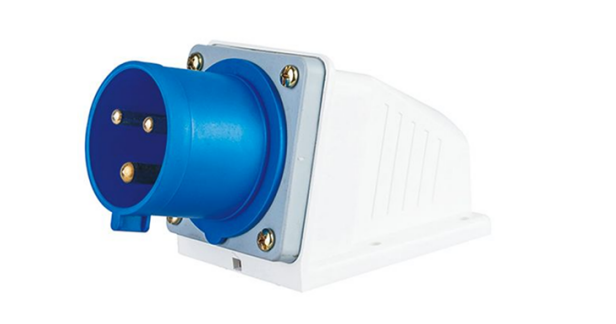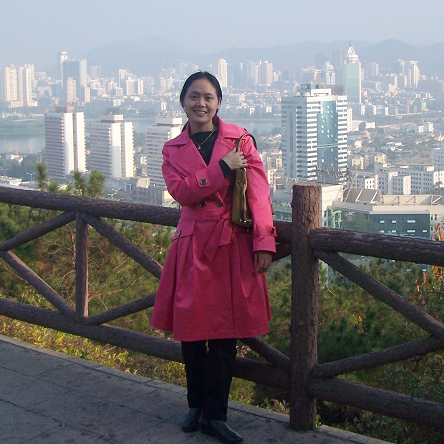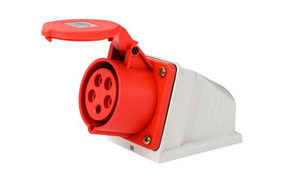Single-Level Junction Box: Efficient Power Distribution Solution
الجسم
In modern construction and industrial fields, the reliability and safety of power systems are of vital importance. Single-stage junction boxes are widely used in various power systems as an effective power distribution solution. This article will introduce you to the relevant knowledge of single-stage junction boxes in detail and help you better understand this important power equipment.
Single stage junction box
- The definition and function of single-stage junction box
Definition
The single-stage junction box is a device used in power distribution systems. It is mainly used to divide one power supply into multiple outputs to achieve power distribution and protection functions.
Function

(1) Realize power distribution: A single-stage junction box can divide one power supply into multiple outputs to meet the power needs of different devices.
(2) Improve system reliability: The single-stage junction box has overload protection and short-circuit protection functions, which can effectively prevent overload and short-circuit accidents in the power system.
- Convenient maintenance: The single-stage junction box has a simple structure and is easy to install and maintain.
- Classification and selection of single-stage junction boxes
Classification
According to different uses and structures, single-stage junction boxes can be divided into the following categories:
(1) Indoor junction box: mainly used in indoor power systems, such as homes, offices and other places.
(2) Outdoor junction box: mainly used in outdoor power systems, such as road lighting, landscaping and other places.
(3) Industrial junction box: mainly used in factories, mines and other industrial fields, with high protection level and anti-interference ability.
Selection
When selecting, the following factors should be considered:
(1) Usage environment: Depending on the use environment, select the corresponding protection level and material.
(2) Power demand: According to the power demand of the equipment, select the appropriate capacity and number of output channels.
(3) Installation method: According to the installation conditions, choose the appropriate installation method, such as fixed, wall-mounted, etc.
- Installation and maintenance of single-stage junction box
Install
When installing a single-stage junction box, the following steps should be followed:
(1) Determine the installation location: Select the appropriate installation location based on the design requirements and actual conditions.
(2) Prepare tools and materials: Prepare corresponding tools and materials, such as screws, insulating tape, etc.
(3) Installation equipment: Fix the single-stage junction box in the installation position, and the terminal blocks should be firmly connected to the cables.
- Inspection: After the installation is completed, check whether the wiring of the single-stage junction box is correct and whether the sealing performance is good.
Maintenance
In order to ensure the normal operation of the single-stage junction box, regular maintenance should be carried out, including the following:
(1) Cleaning: Regularly clean the surface and interior of the single-stage junction box to prevent dust and debris from affecting the performance of the equipment.
(2) Inspection: Check whether the terminal blocks, insulators and other components of the single-stage junction box are normal.
(3) Maintenance: Regularly maintain the single-stage junction box and replace damaged parts to ensure stable equipment performance.
In short, the single-stage junction box, as an effective power distribution solution, has broad application prospects in modern construction and industrial fields. Understanding the principles, classification, selection, installation and maintenance of single-stage junction boxes will help us better apply this important equipment and improve the reliability and safety of the power system.













تعليقات